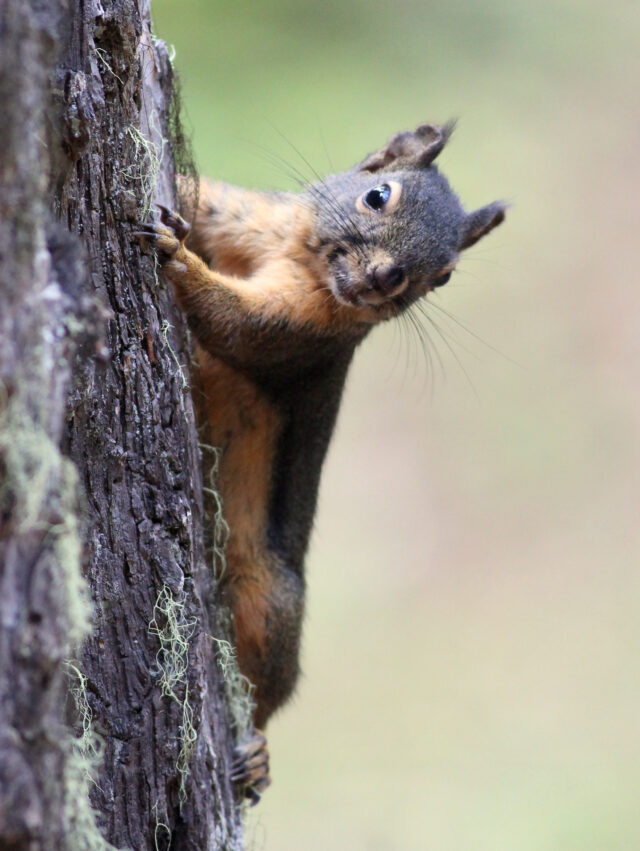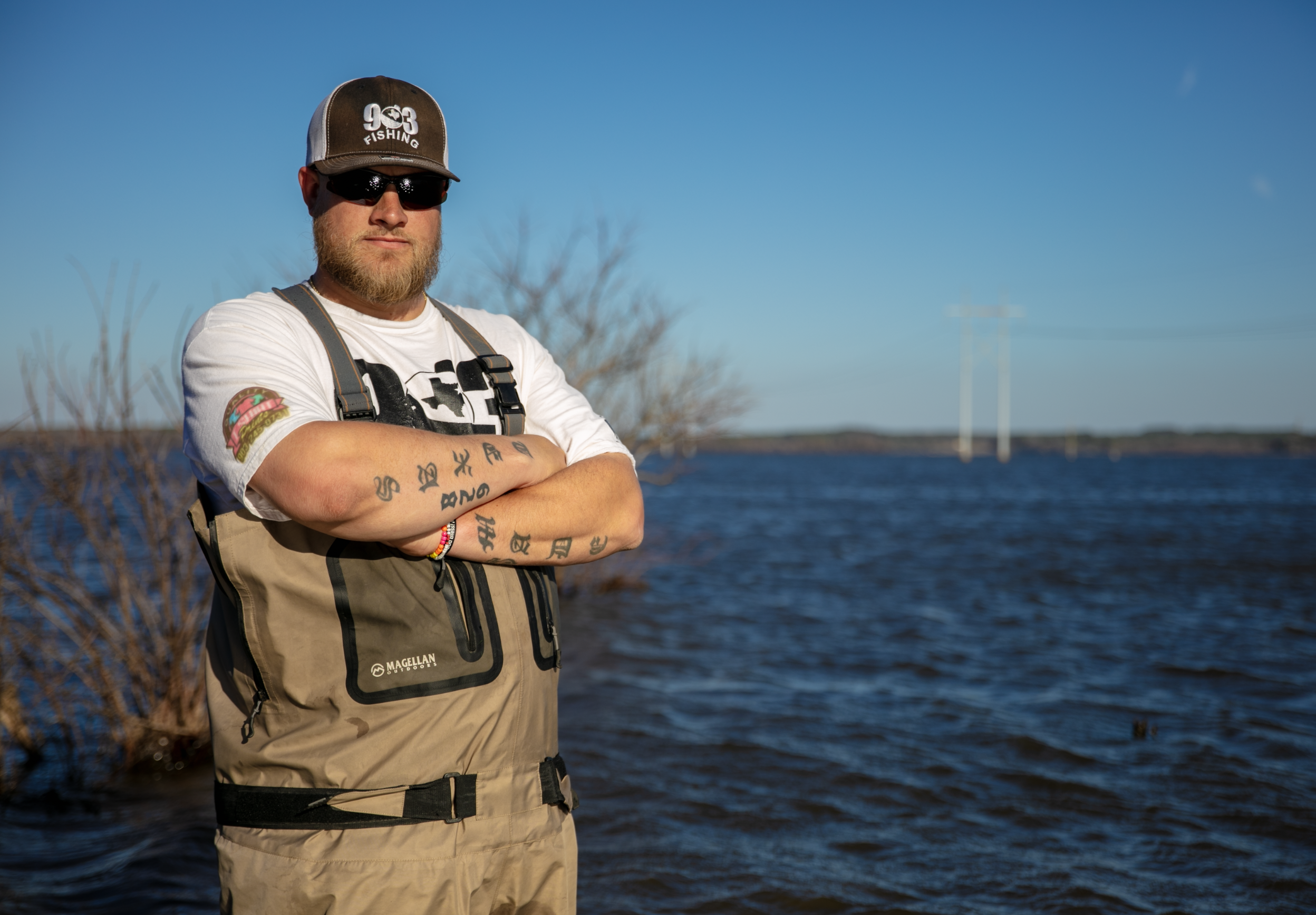by Royce Jordan
Mother Nature does not seem to give a rip concerning the up and coming hunting season just right around the corner. There are expenditures involved folks … food plots, corn sacks (and I mean nutty priced corn sacks), batteries, blind maintenance, camp maintenance, camper or camp house maintenance, access road maintenance, boats, ammunition … the list goes on and on, and on … Let’s not forget about this goofy gas price fiasco that has been questionably put on us! You have to control your yearnings as so it don’t get ahead of your earnings. As usual, lots of repairing, reconditioning, refurbishing … lot of “re’s” taking place. “Use it up, wear it out, make it do or do without.” (Hat tip to my late Dad, Royce Sr.) Good ol’ July and August.
Everybody within the hunting community looks forward to the season openers for the wild game of their choice. Mine starts like so many others, the 1st of September with the beginning of dove season. Our proclivity to begin our future endeavors seems to begin right where God and our Parks and Wildlife Department managers set the seasons. It’s all about nature and numbers folks …
My most cherished memories of my childhood were walking with my Dad in October and November looking for squirrels just off the Sabine River. I was in elementary school and Dad carried a Montgomery Ward’s Western Field 12 gauge shotgun with a Poly-Choke attached on the end of the barrel. That shotgun was awesome to me, and Dad lowered the boom on many a bushytail with it. Dad let me do some shooting with that gun at 7 or 8 years old. I learned quite a bit about physics and the recoil of a 12 gauge, but the 12 gauge fit me just right. Just goes to show there’s a butt for every chair.
My granddaddy was a farmer north of Lindale. He produced peaches and plums in his orchard that were some of the best I’ve ever tasted. I got to work in the orchard picking Cardinal, Redskin, Alberta, Rangers, and Mamie Ross peaches, along with Ozark, Bruce, and Methley plums. My picking money helped me pay for my first Remington 1100 12 gauge shotgun with a fixed modified choke. Dad obtained the gun and I paid him from my picking money. He lined me out with shells, and it was time to practice and train.
Speaking of training, every new hunter should enroll and take a Hunter’s Safety Course. I took mine back in the 70s, and it is now required for young hunters to obtain a hunting license. This is excellent training, and my father had my brother and I take the course before it was mandated.
Now, in the interest of folks hunting squirrel and rabbit, I’m not talking about the semi-domesticated critters such as your residential back yard variety….like “Peanut” for example:
Life & Land, from the Editor- Summer 2023 … I’m referring to river bottom, hardwood stands, pine forest environments where the critters move around like greased lighting. These bushytails practice evasion for a living, and boy can they tear stuff up.
My family members were primarily small game and bird hunters in my youth. I used my trusty 12 gauge while hunting with Dad and granddaddy in the dove fields east of Lindale, but when the 1st of October came, I was in the north woods, chasing rabbit and squirrel. There are two varieties of squirrels I’ve chased in East Texas: fox and cat “or gray” squirrels. Cats are grayish with a whiter belly. Fox are reddish or brownish coat with an orangey-tan belly. Usually, cat squirrels are smaller and appear more “energetic” than their fox cousin. I have taken many fox squirrels that are nearly all black in color. Granddaddy used to call this color scheme a “wood squirrel.”
There are also two varieties of rabbits: eastern cottontail and the swamp or marsh rabbits. The easterns are smaller and lighter coated, while the swamper is larger and more rounded, with
much thicker fur. It is also much darker in color.
Deer hunters learn the volume of squirrels in the area after they set their feeders running right around the beginning of dove season. It was never uncommon for me to see a dozen squirrels all over the feeders while in the deer stand. This is also a good reason for enjoying some good pre-season hunting for this type of game, and depending on what county you hunt in, some very liberal bag limits … like no bag limits. That’s boo-coo squirrel huntin’, folks. These critters will gnaw on everything in sight, chew wires, panels, anything they can sink their teeth into. Putting a few in the pot, and in the freezer, is a benefit for more than just your belly.
The early years of my shotgun hunting was always with a good dose of low brass, or a 1oz load of #6 shot, which was easy on fox, but well needed on the acrobatic cats. As I matured in age and frogginess, I went to my Pappy’s .22 LR pump. My education on using this rifle was two-fold: wait for your shot on a still target, and be VERY aware of whats beyond your target. I’ve mentioned more than once in my articles that much of our pristine agriculture and hunting habitat throughout Texas has turned into residential and apartment complex eyesores, and a bane to the aesthetics of this neck of the woods. An extremely large amount of my old hunting places have been turned into such “developments”. I’m certain, just as I’ve witnessed in other developed pristine locations over the years, these places will dilapidate and turn into some dystopian mess that should not be allowed in this state. All of that to say, “Watch your shot.”
The ideal shot on the squirrel would be a noggan shot with a rifle, or if you’re pretty good at it, an accurate rimfire handgun. Crowded locations will matter, and a shotgun will be a better choice. I’ve grown more fond of gauges at 20 and smaller, and they are efficient at the chore. Again, lowdose #6 will do a fine job. Find a good tree in the likely woods that’s left, keep as still as you can and watch the tree tops and surrounding trunks. I always seek out white oaks and hickory, since bushytails do too.
Sometimes it pays to let a few critters move about before you commit. You can complete a better harvest if you do your part. I love to hunt early mornings this way, so don’t miss out.
Romping around the creeks and tributaries of the Sabine River was a great place for squirrels, but just as good for swamp rabbits. This variety packs on a lot of tasty meat, and are, quite simply, a lot more filling in your game tote. I see more small cottontails out in the Hill Country. I’m sure there are swampers there, but the smaller version is king (along with big Jacks). Kick the brush and get the gun ready.
Dog hunting for rabbit and squirrel is time honored and exciting to boot if you have a place large enough to facilitate the activity. I’ve had the pleasure of watching beagles do their thing on rabbits, and a mega-hyper Jack Russell terrier that would nearly climb the tree for a squirrel that you didn’t know was even there. It was such enjoyment!
Cleaning rabbits and squirrels is just another labor you gotta do. I recommend using rubber gloves, cutting an inch and a half slit across the back under the shoulder blades, and getting a good grip under each side of the slit. Pull both ways until the hide comes off. You will want to remove appendage ends and eviscerate, and remove as much hair from the flesh as you can, and rinse it thoroughly. Female squirrels, referred to as sows or does, are much easier to process. Male squirrels are boars or bucks. Rabbits are just bucks. They require a bit more cleaning for the obvious reasons. They can also be a bit more “gamey”, which requires a bit more prep before cooking.
One of the many pieces of advice I received when considering a good rabbit hunt (same could be said for feral hog), set your schedule for months with an “R” in them. Warm weather rabbits can get the warbles larvae that make a lumpy, unsightly cyst. I don’t recommend cleaning, much less overhandling, a critter with lumps on or under their hides. You do you, but warblers are not the only parasite that will afflict wild game. Lumps or other sickly appearance marks can be an indicator of other issues with that particular harvest.
I prefer to fry squirrel for a meal. Cutting them up and fryng them just like chicken, is very tasty. The younger the critter the better. You notice on older squirrels, especially the boars, flesh can be tough as a boot heel to cut and chew. These are better served for a pressure cooker or an Insta-Pot preparation for dumplings or soups. Once the meat is broken down it is significantly more tasty regardless of age or sex. Seasoning is up to the cook …
I love smoked rabbit. One of the very best rabbit hunts I was involved with was in the Upper Hill Country. We were dove hunting in the first week of October, and rabbits were everywhere. We got our limit of birds, then proceeded to set after rabbits. What an adventure! We cleaned critters for what seemed an eternity. We cleaned and rinsed, then seasoned the whole thing. The rabbits were set off heat from a perfect mesquite fired smoke pit. Just a few hours was all it took. It’s hard to describe the flavor of these morsels of goodness. I just thank God for the opportunity.
There are many different hunting opportunities offered to us in the southern states, for now. I dearly love sitting in the deer blind waiting and watching. I love the setting of wings over your favorite duck hangouts, and the magnificent turkey gobbler figuring out his next spring assembly area for hens. I love it all, but my roots were the enjoyment of being in the woods waiting for the sun to come up, squirrels scurrying around, and swampers patrolling the creek lines.
Small game hunting gets you ready for the big game. I like being a well-rounded hunter and conservationist, and I bet you will, too.












